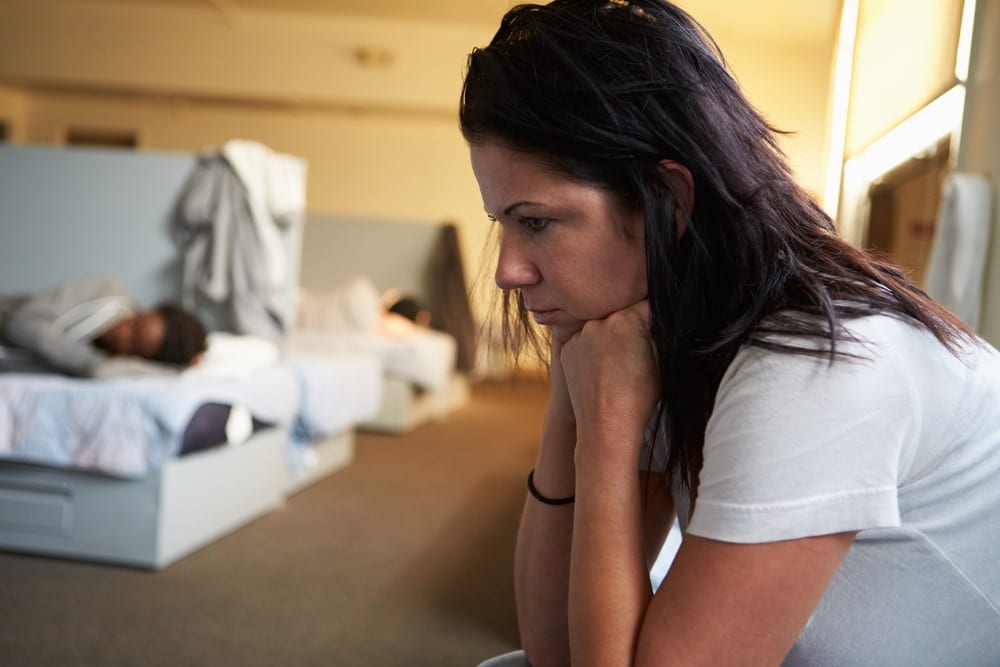Women are continuing to bear the burden of managing the behaviour of violent men, at the risk of experiencing homelessness.
New research by the Australian Housing and Urban Research Institute (AHURI) into social housing, indicates that almost 60 percent of cases where a social housing landlord had taken legal proceedings against a woman tenant, is as a result of misconduct or violence by a male resident.
The research also indicated that 33 percent of cases involved a woman who had experienced, or is experiencing, domestic and family violence. Essentially, some women are being evicted from their homes and becoming homeless because they are experiencing violence from a male partner.
Sadly, I am not surprised by these figures. If anything, the figures in the study seem low.
We see much higher numbers in our day-to-day work with women experiencing or at risk of homelessness. Almost 70 percent of women housed in YWCA National Housing have experienced domestic and family violence.
Leanne is one of these women. Married for 18 years, Leanne was forced to leave her family home in 2011 due to family violence and spent the next four years homeless before securing long term, safe, affordable housing with the support of YWCA National Housing.
As we know, domestic and family violence is the single largest driver of homelessness for women.
- One in six women in Australia have experienced physical or sexual violence from a current or former partner.
- One in four women have experienced emotional abuse by a current of former partner.
- Women are nearly three times more likely than men to experience violence from an intimate partner.
As an organisation, YWCA provides more than 130,000 nights of affordable accommodation for women each year across Australia. And yet, this is not enough.
The community housing sector is in dire need of additional targeted funding to increase the quantity of affordable housing stock. Half a million social and affordable rental homes are needed to meet demand across Australia.
At the same time, programs and policies need to take a gender-responsive approach to housing. It needs to be recognised that women, particularly older women, are vulnerable to experiencing homelessness and housing insecurity. Between 2011 and 2016, the number of older women experiencing homelessness grew 31 percent.
This increasing demand is due to a combination of factors – domestic and family violence, lower incomes, little or no superannuation and savings and unpaid carer obligations are just a few.
Leanne’s story shows how easy it is for older women to experience homelessness. After having worked mostly in casual and part-time roles, Leanne had very little in savings. Her financial position then became more precarious when she had to stop working after a diagnosis of multiple sclerosis.
AHURI’s research and YWCA’s ongoing work in the space makes it clear that social housing policy should be reviewed through a gender lens to recognise systemic inequalities for marginalised groups, especially women in all their diversity.
Access to safe, secure and affordable housing is fundamental in ending inequality for women.
*Name changed to protect privacy.


